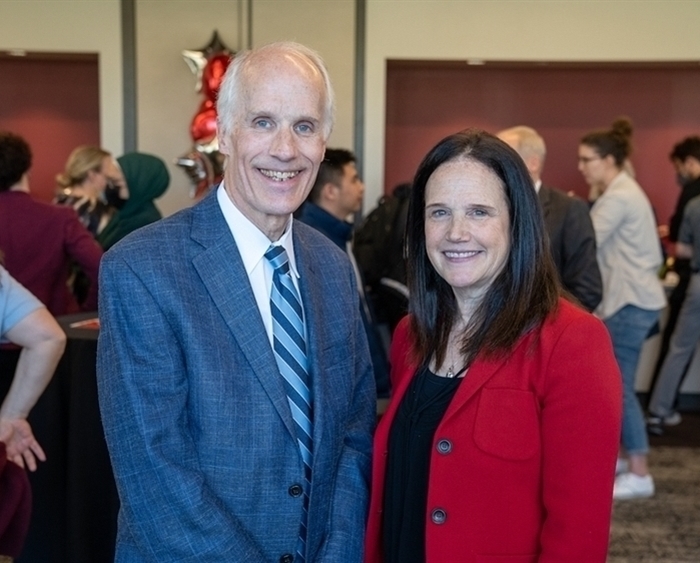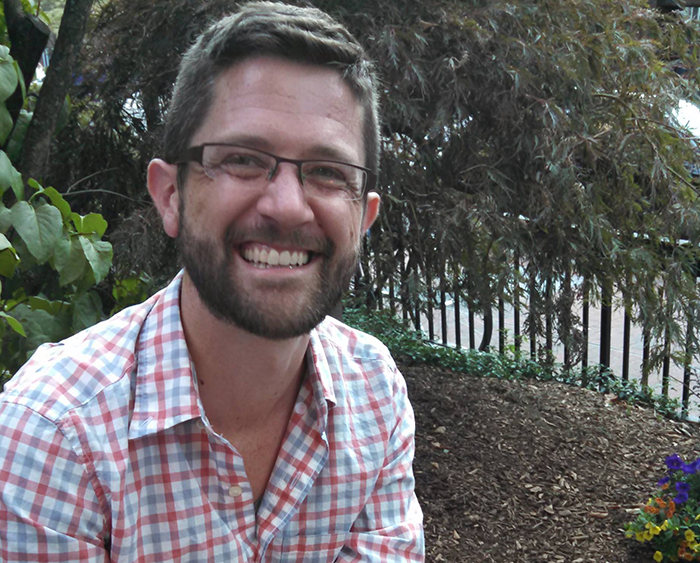Archive of Humanities 2020 Events
Humanities 2020 Week Fall 2022

DuSable History and the Floating Museum
Founders, 2019, polyester blend fabric, dye sublimation, air blowers, hardware, 25’x35’x34’
Founders is a mobile monument and collaboration between Floating Museum, Chris Pappan (Kanza/Osage, Lakota) and Monica Rickert-Bolter (Potawatomi/African-American/German).
The inflatable sculpture features four busts facing the four cardinal directions. The form is a mix of interpretations of items from the collections of the DuSable Museum of African American History, the Field Museum of Natural History, as well as interpretations of various historical figures.
The busts reference Jean Baptiste Pointe du Sable (Chicago’s first non-indigenous settler), Kitihawa (du Sable’s Potawatomi wife), Harold Washington (first African American Mayor of Chicago), and a bust of a young boy by artist William Artis.
The pattern on the inflatable monument was inspired by Potawatomi textiles in the Field Museum collections.
The sculpture is part of a series by Floating Museum highlighting historical figures that elevate the stories of indigenous people and people of color, honoring the often-overlooked roles they’ve had in shaping our contemporary world.
- Jean Baptiste Pointe du Sable (Chicago’s first non-indigenous settler)
- “His legacy is important because it reminds us of the Black and Indigenous roots of Chicago,” said Dr. Courtney Joseph.
- Born to a French father and an enslaved African mother in St. Marc, St. Domingue (present-day Haiti) around 1745
- By 1778, DuSable had established himself in the area that would become Chicago and, in that year, married Kitihawa, a Potawatomi woman also known as Catherine.
- The pair settled by a place the Potawatomi called Eschecagou, on the north bank of the Chicago River at its junction with Lake Michigan.
- Though DuSable wasn't the first trader to pass through the area, he was the first non-Native person to stay and establish a permanent post. His estate would eventually consist of a modest-sized home, a horse mill, a bake house, a dairy, a smokehouse, a poultry house, a workshop, a stable, and a barn.
- In May of 1800, DuSable sold all of his property in Chicago. He would eventually leave the area and move to Peoria, Illinois before retiring to St. Charles, Mississippi. He died on Aug. 28, 1818, in St. Charles.
- Kitihawa, Du Sable’s Potawatomi wife
- DuSable’s wife Kitihawa was key to building relationships between DuSable and the area's Indigenous communities. Through the marriage, DuSable became Potawatomi kin, further cementing a multicultural legacy
- Kithawa and DuSable have two children, Jean Baptiste Pointe DuSable, Jr. and Suzanne.
- Kithawa managed the DuSable settlement from 1780 – 1784, while DuSable is incarcerated by the British under suspicion of being a spy.
- Harold Washington, first African American Mayor of Chicago
- Mayor Harold Washington dedicated in 1988 the 3.5-acre land as DuSable Park, a critical piece of Chicago’s lakefront park system.
- DuSable Park is a three-and-a-half-acre undeveloped site situated where the Chicago River meets Lake Michigan. A concrete and steel seawall currently forms the boundary with the water on three sides: on the north, with Ogden Slip, a public navigable waterway; on the south, with the Chicago River; and on the east with Lake Michigan. The western boundary is Lake Shore Drive.
- Read about the history of the park at dusableheritage.com
- Bust of a young boy by artist William Artis
- Potawatomi textiles in the Field Museum collections
- The museum’s collection of hundreds of Potawatomi artifacts dates back to its founding in the late 1800s. Edward E. Ayer, the Field’s first president, donated the first Potawatomi piece in 1894 — a metal and bronze tomahawk pipe. The growth of the collection throughout the 20th century includes everything from intricately beaded moccasins and otter skin medicine bags to drumsticks and snowshoes.
- The Floating Museum
- Floating Museum is an arts collective that creates new models exploring relationships between art, community, architecture, and public institutions. Using site-responsive art, design, and programming we explore the potential in these relationships, considering the infrastructure, history, and aesthetics of a space. Floating Museum is co-directed by Avery R Young, Andrew Schachman, Faheem Majeed and Jeremiah Hulsebos-Spofford. Video Link to Floating Museum six-minute video.
Resources:









